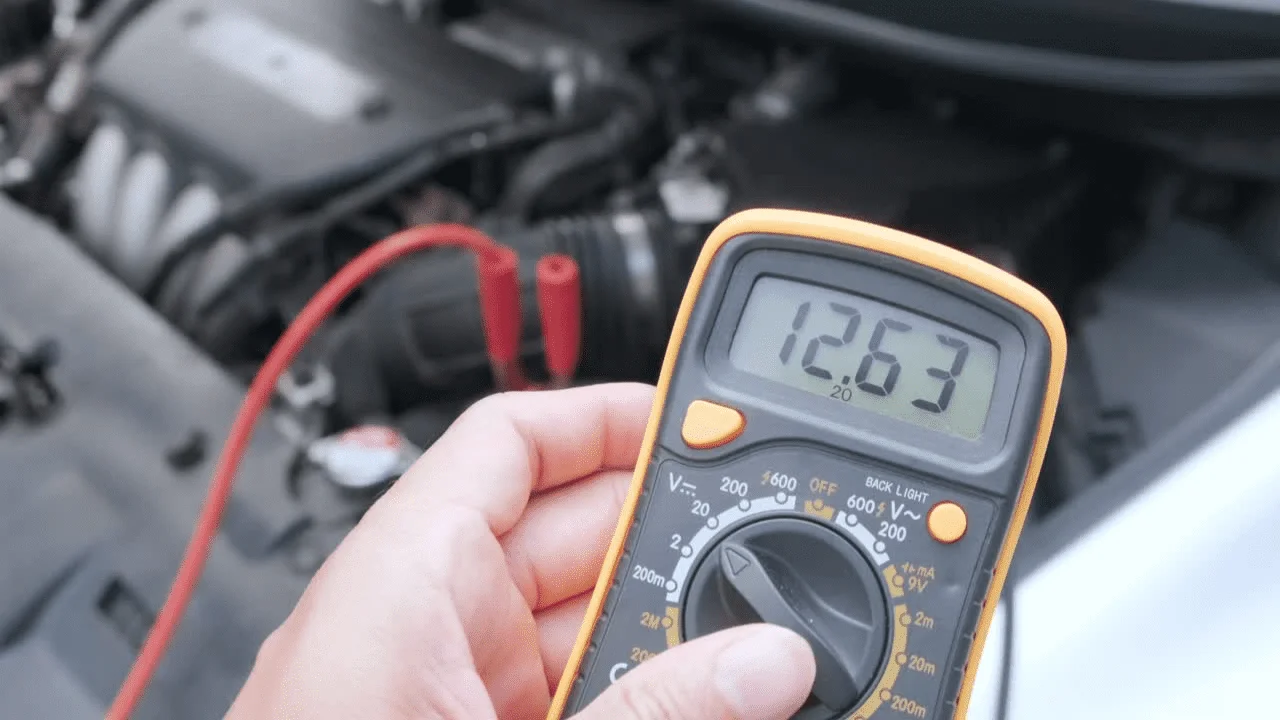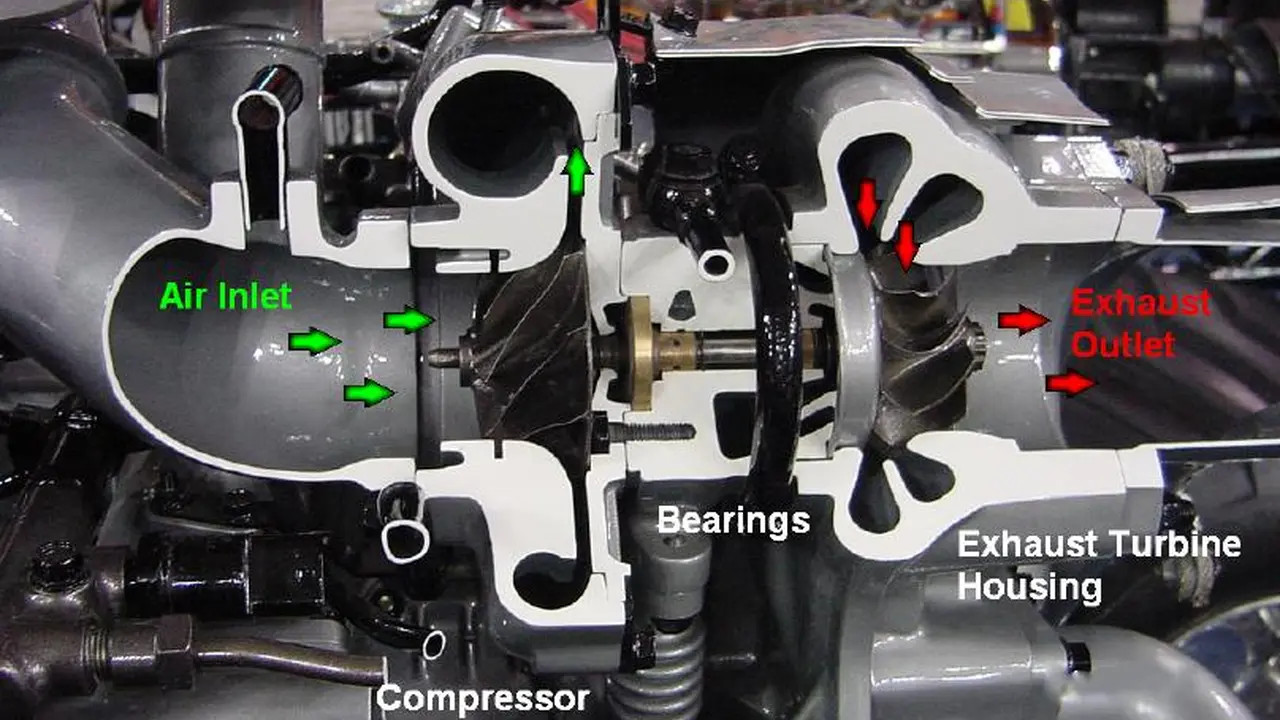Diagnosing a Rich Condition: Causes, Symptoms & Solutions
Experiencing engine performance issues? This guide covers 7 common problems, including misfires, rough idling, and power loss, along with troubleshooting steps and solutions. Diagnose and fix common engine problems quickly and effectively.

Misfires Causes Symptoms and Repair Strategies
Okay, let's dive into misfires. A misfire is basically when one or more of your engine's cylinders isn't firing properly. This can lead to a whole host of problems, from reduced power to poor fuel economy and even engine damage if left unchecked.
Causes of Misfires
- Faulty Spark Plugs: These are the most common culprits. Spark plugs ignite the air-fuel mixture in the cylinders, and if they're worn, cracked, or fouled, they won't do their job effectively.
- Bad Ignition Coils: Each spark plug has an ignition coil (or sometimes a coil pack for multiple plugs). If a coil fails, the spark plug won't fire.
- Vacuum Leaks: A vacuum leak can disrupt the air-fuel mixture, leading to misfires, especially at idle.
- Fuel Injector Problems: Clogged or faulty fuel injectors can prevent the proper amount of fuel from entering the cylinder.
- Low Compression: If a cylinder has low compression (due to worn piston rings or valves), it won't fire properly.
- Timing Issues: Incorrect engine timing can cause misfires.
Symptoms of Misfires
- Rough Idling: The engine will shake or vibrate noticeably at idle.
- Reduced Power: The car will feel sluggish and lack acceleration.
- Poor Fuel Economy: You'll notice you're filling up more often.
- Check Engine Light: This is almost always triggered by a misfire. The code will usually indicate which cylinder is misfiring (e.g., P0301 for cylinder 1).
- Hesitation or Stumbling: The engine may hesitate or stumble during acceleration.
Repair Strategies
- Read the OBD2 Codes: Use an OBD2 scanner to identify the specific cylinder(s) misfiring.
- Inspect Spark Plugs: Remove and inspect the spark plugs. Look for wear, cracks, fouling, or damage. Replace any faulty plugs.
- Test Ignition Coils: Use a multimeter to test the resistance of the ignition coils. Compare the readings to the manufacturer's specifications. Replace any faulty coils. You can also swap coils between cylinders to see if the misfire moves.
- Check for Vacuum Leaks: Listen for hissing sounds near vacuum lines. Use a vacuum gauge to check for leaks. Repair or replace any damaged lines. A smoke test can also be very effective.
- Test Fuel Injectors: Use a fuel injector tester to check the spray pattern and flow rate of the injectors. Clean or replace any faulty injectors.
- Perform a Compression Test: Use a compression tester to check the compression in each cylinder. Low compression indicates a more serious problem (e.g., worn piston rings or valves).
- Check Engine Timing: Verify that the engine timing is correct. Adjust as needed.
Rough Idling Causes and Solutions for Engine Problems
A rough idle is when your engine vibrates or shakes excessively when it's idling (i.e., when you're stopped and the engine is running). It’s annoying and can be a sign of a bigger problem.
Causes of Rough Idling
- Vacuum Leaks: Again, these are a common culprit. Vacuum leaks disrupt the air-fuel mixture, leading to a rough idle.
- Dirty or Faulty Idle Air Control (IAC) Valve: The IAC valve controls the amount of air that bypasses the throttle plate at idle. If it's dirty or faulty, it can cause a rough idle.
- Dirty Throttle Body: A dirty throttle body can restrict airflow and cause a rough idle.
- Faulty Mass Airflow (MAF) Sensor: The MAF sensor measures the amount of air entering the engine. If it's faulty, it can send incorrect information to the ECU, leading to a rough idle.
- Clogged Fuel Filter: A clogged fuel filter can restrict fuel flow and cause a rough idle.
- Engine Mounts: Worn or damaged engine mounts can amplify engine vibrations, making the idle feel rougher.
Solutions for Rough Idling
- Check for Vacuum Leaks: Same as above – listen for hissing and check vacuum lines.
- Clean or Replace the IAC Valve: Remove the IAC valve and clean it with throttle body cleaner. If cleaning doesn't help, replace the valve.
- Clean the Throttle Body: Remove the throttle body and clean it with throttle body cleaner. Be sure to clean both sides of the throttle plate.
- Test or Replace the MAF Sensor: Use a multimeter to test the MAF sensor. Compare the readings to the manufacturer's specifications. Replace the sensor if it's faulty.
- Replace the Fuel Filter: Replace the fuel filter according to the manufacturer's recommendations.
- Inspect Engine Mounts: Inspect the engine mounts for cracks, tears, or damage. Replace any worn or damaged mounts.
Power Loss Diagnosing and Addressing Performance Issues
Losing power in your engine is frustrating. It means your car isn't performing as it should, and it can be caused by a variety of factors.
Causes of Power Loss
- Clogged Air Filter: A clogged air filter restricts airflow to the engine, reducing power.
- Clogged Fuel Filter: As mentioned earlier, a clogged fuel filter restricts fuel flow, leading to power loss.
- Faulty Catalytic Converter: A clogged or damaged catalytic converter restricts exhaust flow, reducing power.
- Weak Fuel Pump: A weak fuel pump can't deliver enough fuel to the engine, especially at higher RPMs.
- Low Compression: Low compression in one or more cylinders will result in a significant power loss.
- Timing Issues: Incorrect engine timing can severely reduce power.
Addressing Power Loss
- Replace the Air Filter: Replace the air filter regularly, typically every 12,000 to 15,000 miles.
- Replace the Fuel Filter: Replace the fuel filter according to the manufacturer's recommendations.
- Inspect the Catalytic Converter: Have a mechanic inspect the catalytic converter for clogs or damage. Replace it if necessary.
- Test the Fuel Pump: Use a fuel pressure gauge to check the fuel pressure at the fuel rail. Compare the reading to the manufacturer's specifications. Replace the fuel pump if it's weak.
- Perform a Compression Test: As before, check the compression in each cylinder.
- Check Engine Timing: Verify and adjust the engine timing.
OBD2 Scanner Recommendations for Engine Diagnostics and Troubleshooting
An OBD2 scanner is an invaluable tool for diagnosing engine problems. Here are a few recommendations:
Entry-Level Scanner: Autel MaxiScan MS309
Description: A basic but reliable scanner that reads and clears OBD2 codes. It's perfect for beginners and DIYers.
Use Case: Quickly identifying the cause of a check engine light.
Pros: Affordable, easy to use, reads generic OBD2 codes.
Cons: Limited features, doesn't support advanced diagnostics.
Price: Around $30.
Mid-Range Scanner: BlueDriver Bluetooth Professional OBDII Scan Tool
Description: A Bluetooth scanner that connects to your smartphone. It provides detailed code definitions, repair reports, and live data.
Use Case: Diagnosing more complex engine problems and monitoring live engine data.
Pros: Wireless, detailed diagnostics, live data streaming, user-friendly app.
Cons: Requires a smartphone, can be more expensive than basic scanners.
Price: Around $120.
Professional-Grade Scanner: Autel MaxiCOM MK808
Description: A comprehensive scan tool that supports advanced diagnostics, bi-directional control, and special functions like oil reset and TPMS reset.
Use Case: Professional mechanics and advanced DIYers needing in-depth diagnostics and control.
Pros: Advanced features, bi-directional control, wide vehicle coverage.
Cons: Expensive, requires more technical knowledge.
Price: Around $500.
Comparison Table
| Scanner | Price | Features | Best For |
|---|---|---|---|
| Autel MaxiScan MS309 | $30 | Basic code reading | Beginners |
| BlueDriver | $120 | Detailed diagnostics, live data | Intermediate DIYers |
| Autel MaxiCOM MK808 | $500 | Advanced diagnostics, bi-directional control | Professionals |
Reading and Interpreting OBD2 Codes A Beginner's Tutorial
OBD2 codes are standardized codes that your car's computer (ECU) generates when it detects a problem. Learning to read and interpret these codes is crucial for diagnosing engine problems.
Understanding OBD2 Code Structure
OBD2 codes consist of five characters: one letter followed by four numbers.
- First Character: Indicates the system affected.
- P: Powertrain (engine, transmission)
- B: Body (airbags, power windows)
- C: Chassis (ABS, suspension)
- U: Network (communication between modules)
- Second Character: Indicates whether the code is generic or manufacturer-specific.
- 0: Generic (standardized for all vehicles)
- 1: Manufacturer-specific (unique to the vehicle make)
- Third Character: Indicates the specific subsystem affected.
- 1: Fuel and air metering
- 2: Fuel and air metering - injector circuit
- 3: Ignition system or misfires
- 4: Auxiliary emission controls
- 5: Vehicle speed controls and idle control system
- 6: Computer output system
- 7: Transmission
- 8: Transmission
- Fourth and Fifth Characters: Provide more specific information about the fault.
Common OBD2 Codes and Their Meanings
- P0300: Random/Multiple Cylinder Misfire Detected
- P0301: Cylinder 1 Misfire Detected
- P0171: System Too Lean (Bank 1)
- P0174: System Too Lean (Bank 2)
- P0101: Mass Air Flow (MAF) Sensor Circuit Range/Performance
- P0420: Catalyst System Efficiency Below Threshold (Bank 1)
Using an OBD2 Scanner to Read Codes
- Connect the Scanner: Plug the OBD2 scanner into the OBD2 port, usually located under the dashboard on the driver's side.
- Turn on the Ignition: Turn the ignition key to the "on" position (without starting the engine).
- Read the Codes: Follow the scanner's instructions to read the stored codes.
- Record the Codes: Write down the codes and their descriptions.
- Clear the Codes (Optional): After addressing the problem, you can clear the codes using the scanner. However, be aware that the check engine light will likely return if the underlying issue isn't resolved.
Lean Condition Causes Symptoms and Solutions for Engine Issues
A lean condition means that your engine is receiving too much air and not enough fuel. This can lead to several problems.
Causes of a Lean Condition
- Vacuum Leaks: These are a primary cause of lean conditions. Extra air enters the engine without being measured by the MAF sensor.
- Faulty MAF Sensor: If the MAF sensor is underreporting the amount of air entering the engine, the ECU will inject too little fuel.
- Clogged Fuel Filter: Restricts fuel flow.
- Weak Fuel Pump: Can't deliver enough fuel.
- Clogged or Leaky Fuel Injectors: Reduce fuel delivery.
- Exhaust Leaks: Can introduce air into the exhaust system, affecting O2 sensor readings and causing the ECU to lean out the mixture.
Symptoms of a Lean Condition
- Check Engine Light: Typically with codes P0171 (Bank 1) and P0174 (Bank 2).
- Rough Idling: Similar to misfires.
- Hesitation During Acceleration: The engine may stumble or hesitate when you try to accelerate.
- Increased Engine Temperature: Lean conditions can cause the engine to run hotter.
- Poor Fuel Economy: Surprisingly, lean conditions can sometimes *reduce* fuel economy in the long run, as the engine has to work harder.
- Engine Knock or Ping: Lean conditions can cause pre-ignition or detonation (knocking or pinging).
Solutions for a Lean Condition
- Check for Vacuum Leaks: Again, the first step.
- Test or Replace the MAF Sensor: Clean the MAF sensor with MAF sensor cleaner. If that doesn't work, test it with a multimeter and replace it if necessary.
- Replace the Fuel Filter: A cheap and easy fix.
- Test the Fuel Pump: Check fuel pressure.
- Clean or Replace Fuel Injectors: Consider having the injectors professionally cleaned or replacing them if they are old or heavily clogged.
- Check for Exhaust Leaks: Inspect the exhaust system for leaks, especially near the O2 sensors.
:max_bytes(150000):strip_icc()/277019-baked-pork-chops-with-cream-of-mushroom-soup-DDMFS-beauty-4x3-BG-7505-5762b731cf30447d9cbbbbbf387beafa.jpg)






